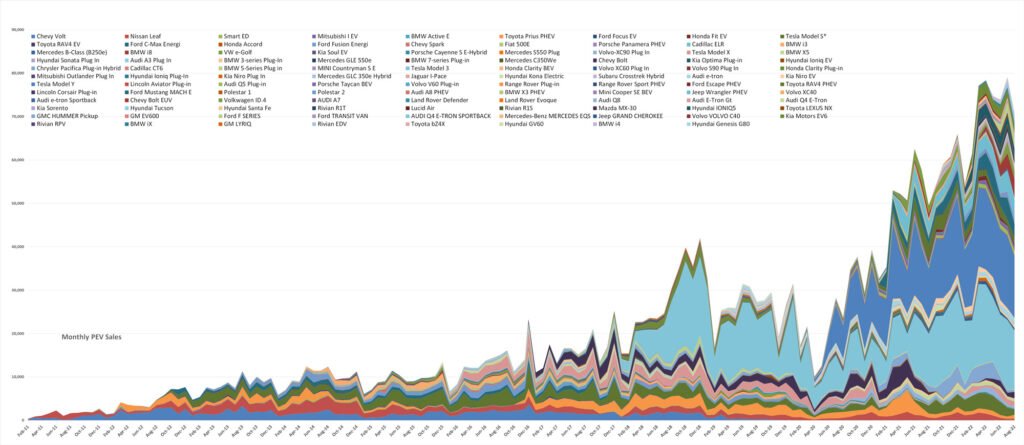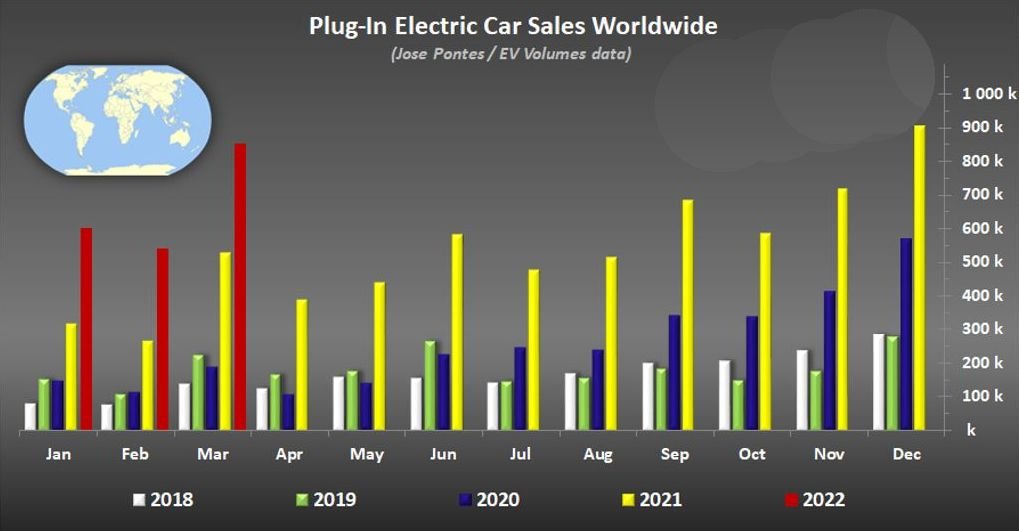Many people are asking if the electric grid can handle charging all of those vehicles as the use of electric cars, trucks, and buses grows.
The answer is unequivocally YES.

At current adoption rates, the electric grid is well-equipped to deliver electricity to EVs. By the end of 2021, almost 2.7 million plug-in hybrid and full battery-electric automobiles and light trucks had been sold in the United States, with the vast majority continuing on the road.
So far, sales of automobiles and light trucks in 2022 have been good, with battery electric sales setting a new high, and bus and heavy vehicle sales are likely to increase as well.
Even in states with increasing EV adoption, EV power demand is not generating problems.

California, for example, has reached 16.3% light-duty EV sales (totaling 1.14 million EVs on the road), and while the state has struggled to maintain grid resilience in recent years, rising power consumption from EV charging load is not one of the issues.
Sure, when the next electric car arrives on a neighborhood block already densely populated with electric vehicles, or when a transit agency wants to deploy a half-dozen electric buses at the depot, the local utility may need to replace a local transformer or add more distribution cables to the electric grid.

But don’t be fooled: there is now enough power in the electric grid to handle the rise in charging load from EV purchases in the coming years, especially if they are charged when other power needs are low (such as overnight) or when renewable energy generation is high.
Reference- Transport & Environment, Inside EVs, Clean Technica, Argonne National Lad website, SMARTCITIES DIVE






